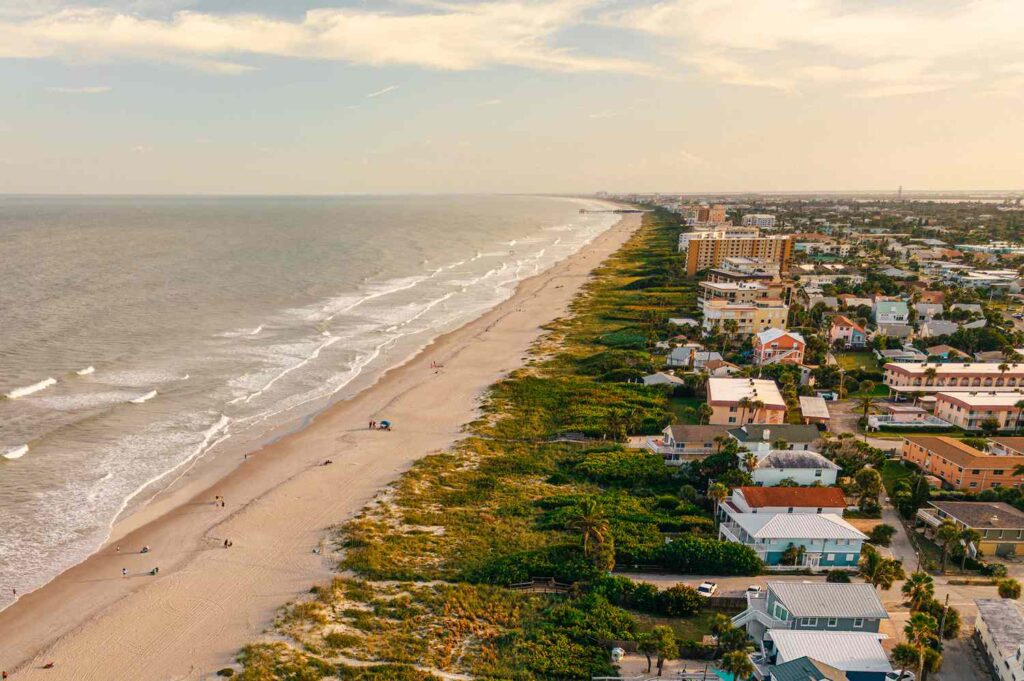National Weather Service (NWS) warns that travelers along Florida’s Atlantic coastline should be aware of rip currents.
The NWS released a warning Last week, we warned about the danger of ripcurrents along the Atlantic coast of Florida. Even though the rip-current warning is no more active, certain parts of Florida’s coastline and beaches are still at high-risk. Visitors to Florida’s beaches and coast should be aware of this risk. As of the publication date, NWS’s have designated certain parts of South Florida, including Miami, Boca Raton and Coral Springs as being high-risk. Pensacola is another high-risk area, as are Tallahassee.
The site updates its rip current risk daily. Tourists can visit weather.gov For real-time updates.
“Remember to practice rip-current awareness BEFORE your feet hit the sand!” On its Rip Current Week page, the NWS website says: This includes residents who visit the beach and not just those living along the coast.
Rip Currents are narrow, powerful flows of water with the power to pull swimmers far from the shore. Swimmers can be caught off guard by the rapid-moving water. They are easier to spot from above. The rip currents are responsible for more deaths than hurricanes or tornadoes. If possible, the NWS advises beachgoers to swim only at beaches that have lifeguards.
The NWS advises that if a swimmer is caught in a strong rip current they should first relax and not try to swim against it. This current can be very powerful and drain the swimmer’s energy. “DO NOT attempt to swim straight to the shore. Swim along the shoreline to escape the current. The NWS website suggests that you swim away from the current at an angle, toward the shore. If you are unable to reach shore, simply relax, face the shore and call for assistance.
Some people have drowned already this season because of rip currents. army veteran who was saving his son and niece from a rip.


